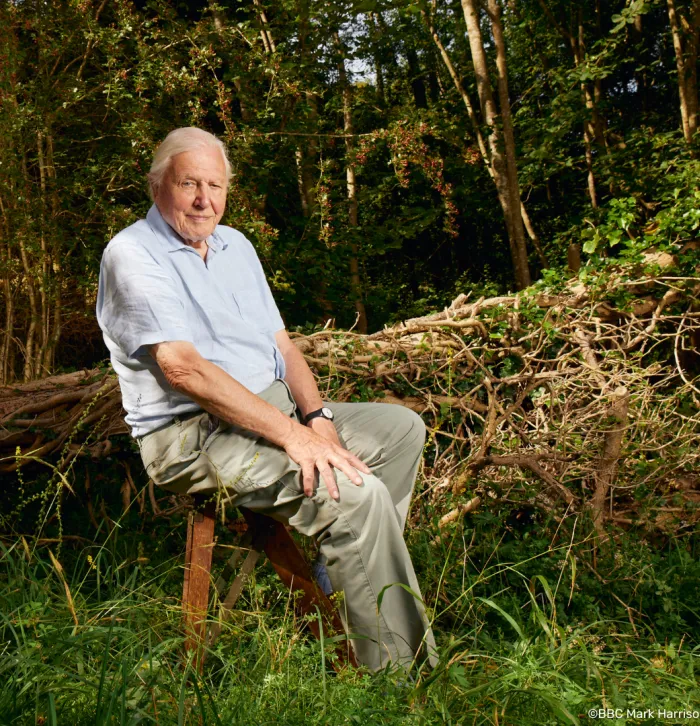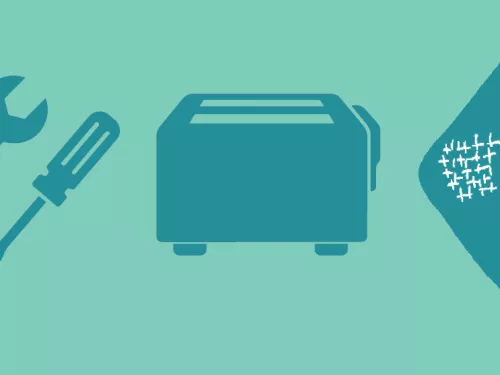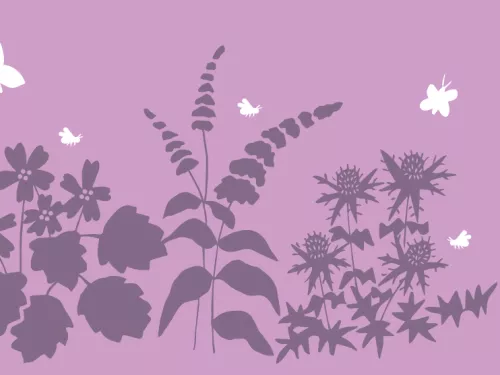
Actions
From building a bug hotel to creating a garden pond, here are some ideas for things you can do yourself at home to help wildlife.

Learn how to reduce your travel emissions.
Emissions from cars and air travel pollute the world around us and cause significant health impacts. Carbon dioxide is released by burning fossil fuels like oil, which the petrol and diesel that we use in our cars is derived from. This harmful greenhouse gas contributes to climate change, including extreme weather events, sea-level rise, floods and drought. Additionally, our cars produce nitrogen oxides. When we breathe this in it can, over time, affect how well our lungs work, as well as the health of our wildlife.
Reducing your vehicle emissions doesn’t just reduce the pollution you produce, but can also save you money too!


From building a bug hotel to creating a garden pond, here are some ideas for things you can do yourself at home to help wildlife.

Planting herbs will attract important pollinators into your garden, which will, in turn, attract birds and small mammals looking for a meal.

With food, water and shelter scarce over the winter months, give your garden birds a treat with an edible Christmas wreath.

Recycle, upcycle - and make do and mend! Production of household waste needs to decrease by 33% by 2037 to reach emissions targets. So get out that needle and thread!

Be a wildlife saviour and do a litter pick or beach clean!

Set up a ‘nectar café’ by planting flowers for pollinating insects like bees and butterflies